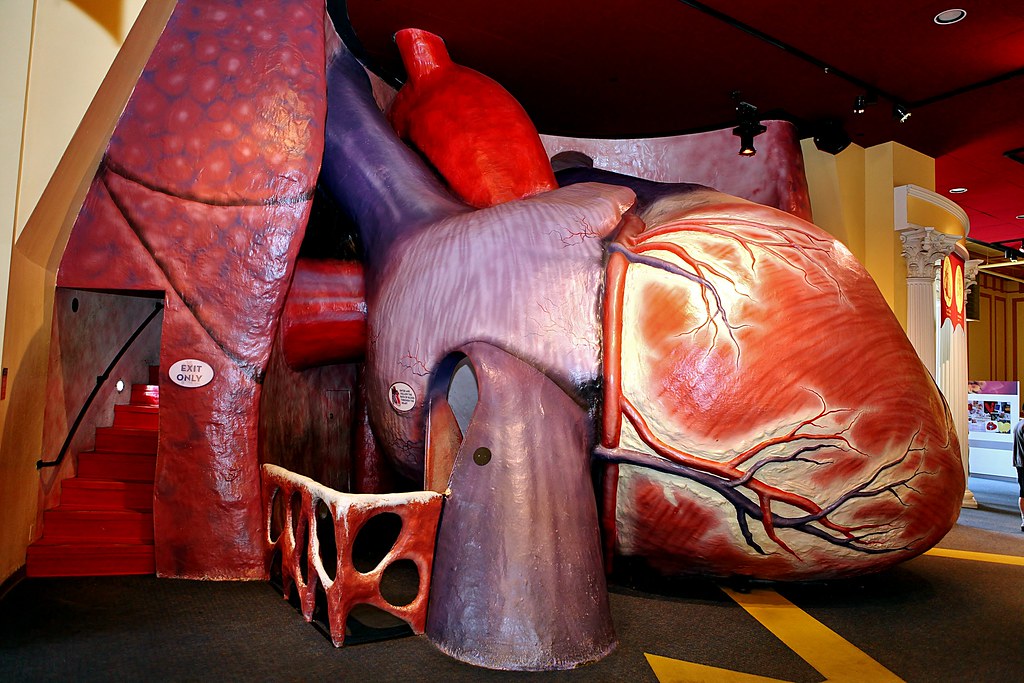The role of interactive exhibits in the museum experience
March 21, 2017
Recently, I had the opportunity to take a trip into Philadelphia with my parents, who were visiting for the weekend. We decided to spend our Saturday at the Franklin Institute. As we were walking up the large steps to the entrance, I noticed most of the people going in and out were families—parents trying to herd their children through the double doors as efficiently as possible. At first, I was confused. Was this a children’s museum? Unlikely—there were people entering who did not have children. Nevertheless, the excitement the children demonstrated was contagious. I have been to many museums in various states and countries, but the Franklin Institute possessed a very specific charm to it, namely that its exhibits provide a significant amount of interactive learning and observation for both children and adults.
There are museums with exhibits or shows that address audiences of all ages, but seeing this at the Franklin Institute made me realize that an interactive approach to learning that engages such a wide range of people is so important. I began to think about the positive effects that type of museum can have on visitors. Instead of being confronted with plain placards displaying information on a certain item or picture, people see interesting visuals. We are naturally drawn to what is bright and welcoming, and it is much easier to be receptive to a kind of learning where one is actually participating in the activity.
One of the best parts of my experience at the Franklin Institute was interacting with many of the items and activities on display. That makes it easy on both children and their parents because there is less anxiety over what and how a child can participate. One station I found particularly enjoyable was located in the exhibit about the human brain. There was a sculpture of the human skull with a small hole clearly visible on the top of the head. The sign next to it encouraged visitors to stick their finger inside the hole and experience what the human brain feels like. Even as a college student, I felt excited to try not only this interactive station but the many others scattered throughout the museum.
Museums in general are known to hold treasures, but they occasionally fall prey to negative connotations. Would you want tickets to a concert or to a museum? Many people would choose the former over the latter. That is why it is so important to capture the imaginations of the visitors who enter places like the Franklin Institute. By targeting exhibitions to interest visitors of all ages, a broader range of people will be reached. Many museums successfully do this, but my visit to the Franklin Institute made me realize just how essential it is to cater to people across the generations, especially children.
The benefits are enormous when it comes to children having positive experiences at a museum. The Franklin Institute not only educates children, but also introduces them to fields of study and represents them in an enjoyable way, so much so that they may one day decide to pursue those areas as a profession. In the interactive exhibits, they are learning through hands-on experience how the heart functions or how the brain sends messages throughout the body. Instead of simply reading information, they are able to participate physically in the rooms of the museum and learn in a manner that is both fun and exciting. Children then feel a growing sense of empowerment, discovering new ideas in their own way.
Great experiences at museums that have options for people of all ages will reap more positive benefits than negative ones. Trips to the museum will no longer be initially perceived as a boring endeavor if they provide a more creative experience for visitors. Museums can transport us away from the worries of reality and into a place of discovery, and I believe that is an opportunity worth grasping.



